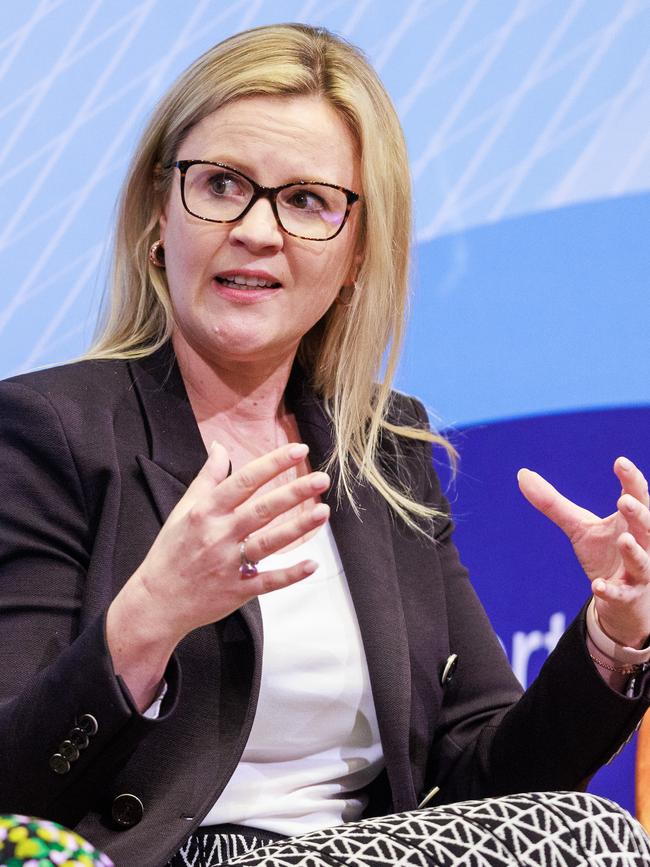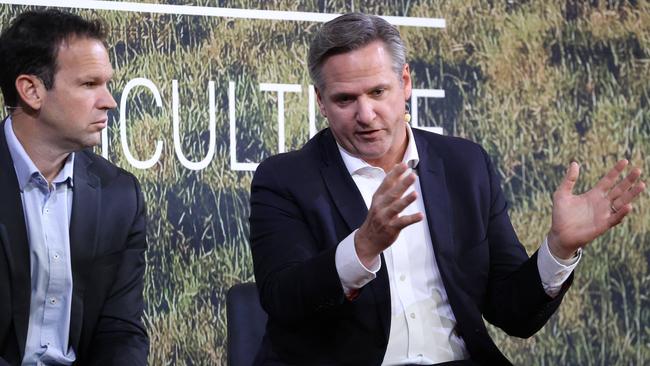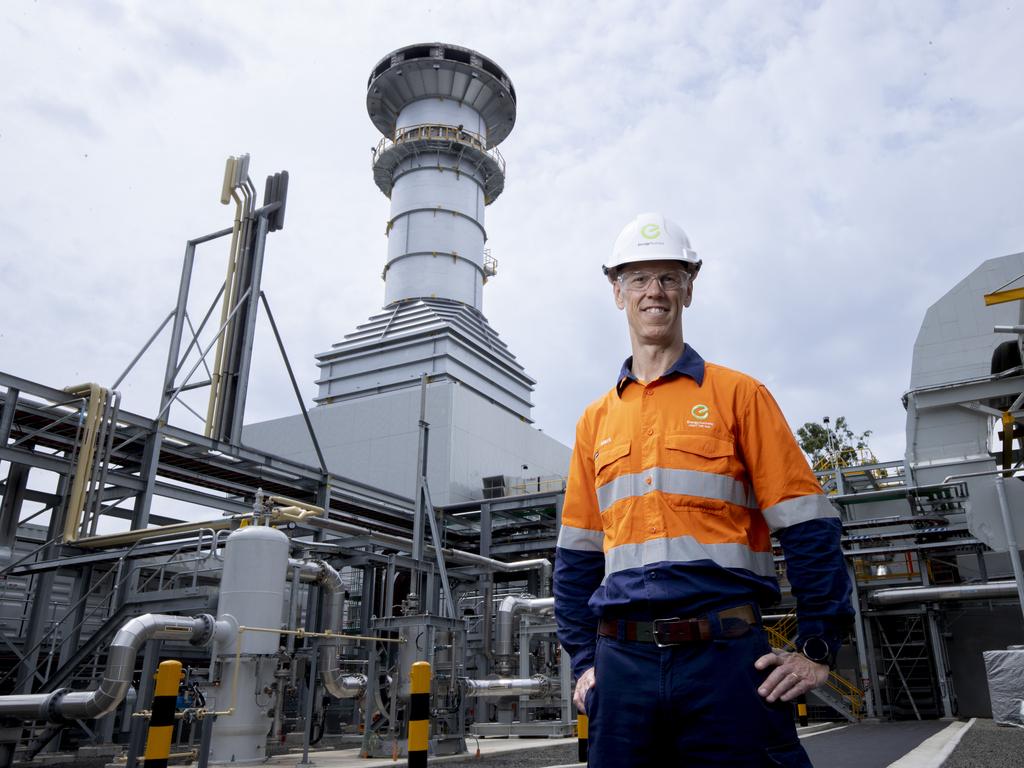Exxon rejects LNG fix for local gas gap
The shortage shock has sparked debate over whether too much gas is being shipped overseas from the three Queensland LNG plants in Gladstone.

ExxonMobil has hit back at suggestions that tapping into Queensland LNG exports can fix a projected gas shortfall in the southern states, saying there are physical pipeline constraints that underscore the need to develop local supplies in Victoria and NSW.
The Australian Energy Market Operator warned last week gas generators may be forced to burn diesel to keep the power grid running after authorities warned that states face a catastrophic supply shortfall from next year unless new sources of supply are developed.
The shortage shock has sparked debate over whether too much gas is being shipped overseas from the three Queensland LNG plants in Gladstone.
That’s come amid a steep drop-off in offshore gas from Victoria’s Bass Strait - where Exxon operates - and a failure to develop new volumes because of state government bans.
But ExxonMobil said it was a flawed argument to lean on Queensland LNG exports to fix the problem.
“One popular idea is to redirect existing production away from export markets and toward domestic markets to ensure supply and achieve some notional price target,” Exxon’s Australian commercial director, David Berman, told a gas conference on Tuesday.
“The superficial appeal of this approach is easy to appreciate however exporting less gas is neither an effective nor sustainable solution.”

Pipeline constraints mean Queensland producers cannot solve the problem alone.
“Between 2019 and 2022, gas from Queensland accounted for less than 7 per cent of gas consumed in southern states. And even if future available and planned pipeline capacity was fully utilized every day of the year, production from Queensland could still only supply around 30 per cent of southern state demand in an average year,” Mr Berman added.
Australian Energy Producers chief executive Samantha McCulloch also weighed in on the escalating debate and said the time for talk was over.
“After more than a decade of energy policy missteps and inaction, Australian households and businesses are facing higher energy prices and increased risks of blackouts and gas shortages,” Ms McCulloch said.

“The time for excuses, short-term political fixes and finger-pointing is over.”
Ms McCulloch’s comments are a thinly-veiled dig at the federal Labor government, which the industry has accused of slow progress on fixing supply shortfalls.
Energy Minister Chris Bowen has rejected the allegations, insisting the government has secured more volumes which has pushed out the supply shortfall to 2028.
Still, market frustration continues to linger, with industry figures accusing the government of counterproductive intervention and moving too slowly on issuing environmental approvals.
Chief executive of Gina Rinehart-backed developer Senex Energy Ian Davies said its own $1bn expansion project would aid efforts to fix the long-term supply crunch - but it continues to wait for regulation sign-off.

Government sources, however, rejected Mr Davies’ comments - insisting the delays were the fault of the Queensland developer as it submitted poor supporting documentation, which was also delayed.
The comments will do little to heal tensions between the industry and the government with both sides insisting the other is looking to absolve themselves of blame.
Tensions have been simmering since Labor won power in 2022 and quickly moved to impose a mandatory code of conduct – the centrepiece of which included a cap of $12 a gigajoule on new supplies – as heavy users led by Australia’s manufacturing sector complained their viability was at risk.
However, Cooper Energy CEO Jane Norman said the legislation caused long-term pain.
“The price cap pushed supply back by at least two or three years,” Ms Norman said.
Sources close to the government insist the legislation secured much-needed gas and was crucial in preventing a shortfall until 2028.
The government has insisted it was forced to intervene as manufacturers were at threat as part of a trend that continues to hold concern within heavy industry.
Big users are scrambling for gas supplies over the next couple of years, and Woodside on Tuesday said it would begin the sales process for 50tj of gas over 2025 and 2026.
Industry figures said it was a welcome release, but marked a temporary fix and long term supplies were needed to replace rapidly depleting supplies from the Gippsland Basin.
If Australia is unable to develop replacement supplies, the country’s east coast may have to turn to importing LNG.
Tamboran Resources CEO Joel Riddle, who’s company is looking to tap the Beetaloo Basin the NT, said that would jeopardise energy security.
“The Beetaloo is the silver bullet to solve the east coast gas shortfall,” he said.
“The last thing this country needs is to connect its energy security to the Middle East or Russia.”





To join the conversation, please log in. Don't have an account? Register
Join the conversation, you are commenting as Logout